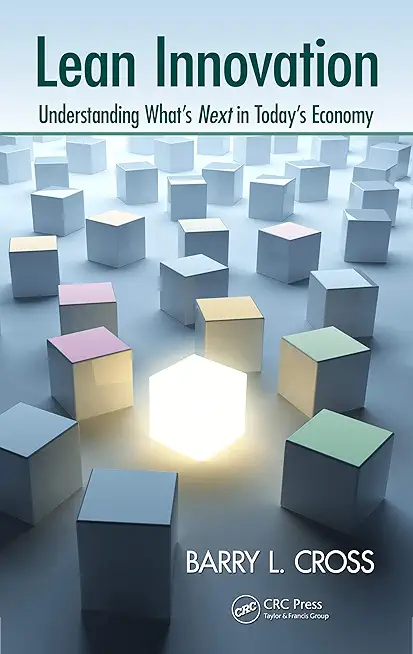
Halpin, Terry
All relevant facts, constraints and derivation rules are expressed in controlled natural language sentences that are intelligible to users in the business domain being modeled. This allows ORM data models to be validated by business domain experts who are unfamiliar with ORM's graphical notation. For the data modeler, ORM's graphical notation covers a much wider range of constraints than can be expressed in industrial ER or UML class diagrams, and thus allows rich visualization of the underlying semantics.
Suitable for both novices and experienced practitioners, this book covers the fundamentals of the ORM approach. Written in easy-to-understand language, it shows how to design an ORM model, illustrating each step with simple examples. Each chapter ends with a practical lab that discusses how to use the freeware NORMA tool to enter ORM models and use it to automatically generate verbalizations of the model and map it to a relational database.







